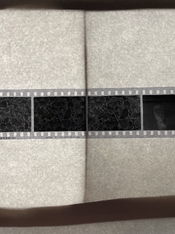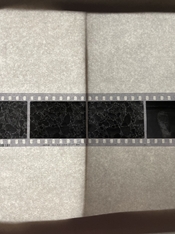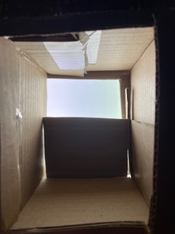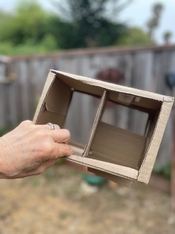Kindly check my understanding of this method:
The underlying principle is that if you shoot two frames of the same subject, with the second frame at +2 stops exposure, the subsequently developed +2 negative will have one stop greater density (one stop darker) than the first frame, if you develop the film to a CI of .5. And about 1.3 stops greater density if you develop the film to a CI of ~.6.
I believe I understand Bill's goal of defining a way to use this principle to let people do a simple test in the normal course of shooting (just one extra frame of a subject you're shooting anyway) and then judge it visually, without the need for any esoteric or expensive gadgets. Super cool.

I, as it happens and howsoever, have poor impulse control and the cabinet full of photography gadgets that inevitably follows. One such is a very sensitive spotmeter. So, if I'm understanding this principle correctly, I could shoot the 0 and the +2 frames (probably pointed at a wall or gray card), put the developed negatives on my nicely uniform light panel, and measure the difference with my spot meter? If the +2 negative measures 1 stop darker, my CI was .5. Sound right?
And people who own cameras with built-in spot meters could use their cameras to do the same thing, if I'm not wrong? Maybe even a metering app in their phone?








